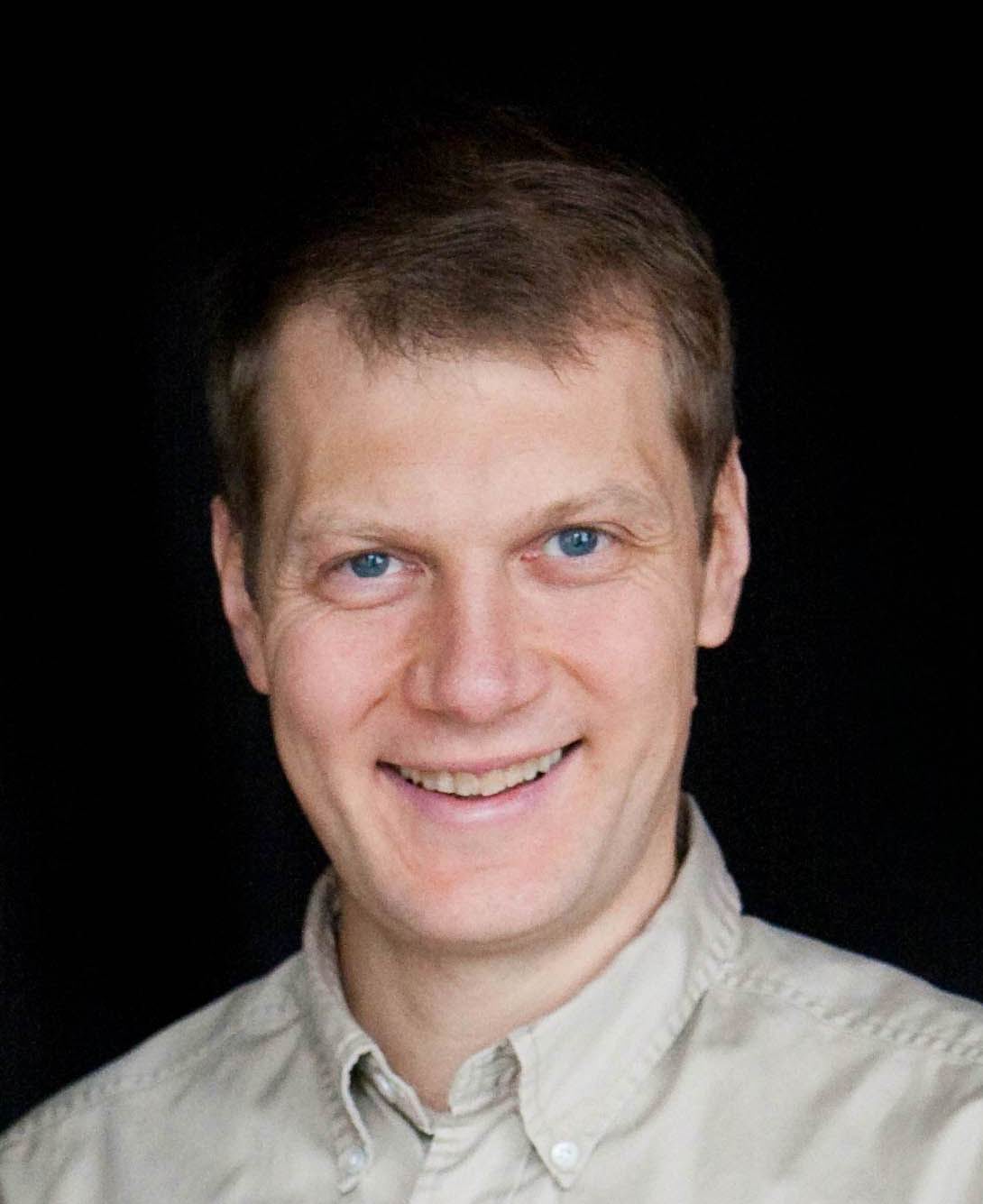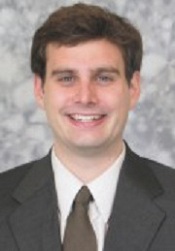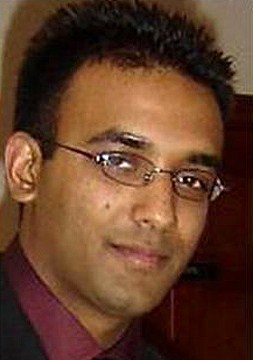Invited Talks
We are pleased to feature the following dynamic speakers at the IEEE RFID 2012 conference:
|
Ramin Sadr, CEO, Mojix
“Passive RFID: Present and Future Directions”
Physicist John Wheeler once said “At the heart of everything is a question, not an answer. When we peer down into the deepest
recesses of matter or at the farthest edge of the universe, we see, finally, our own puzzled faces looking back at us.” As academia and industry continue to make advances in passive RFID technology, we find answers but uncover more questions. This session will present some recent results on a number of passive RFID topics. The speaker will also raise additional questions to inspire and catalyze expert researchers and engineers to think about the challenges the industry is facing today. Topics will include soft-input soft-output decoding techniques, passive RFID channel characteristics and location tracking for passive RFID tags. The discussion will explore market needs and requirements and future trends for passive RFID. |

|
|
Pavel Nikitin, Intermec Technologies
“The Early History of RFID: Leon Theremin”
The early history of RFID includes British military research on long range aircraft identification transponders and the seminal paper by Harry Stockman on principles of backscattered communication. The person who deserves a special mention in RFID history is Leon Theremin (1896-1993), the inventor of the first functional RFID taglike
device known as the Great Seal Bug. He is more widely known as the inventor of the thereminvox, a contactless musical instrument (often called “theremin”) played by such groups as “The Beach Boys” and used in soundtracks of such movies as “The day the Earth stood still”. This talk presents a biographical overview of Leon Theremin and his works and draws parallels between his inventions and modern technologies. |
 |
|
Gregory Durgin, Georgia Tech
“You’re doing it wrong: Try 5.8 GHz for RFID”
Conventional wisdom states that using true microwave frequencies (>3 GHz) for RFID is lossy, expensive, and difficult. This talk challenges that assumption by demonstrating why electronic trends, international spectrum policy, and physics is on the side of RFID at 5.8 GHz. From tiny, efficient tag antennas to super-charged energy
harvesting waveforms, this talk discusses why the future of RFID is at higher frequencies. |
 |
|
Mark Roberti, RFID Journal
Pankaj Sood, Univ of Cambridge
Pricing of Information for Emerging Technology Applications”
Emerging technology applications such as the applications of Auto-ID technologies (RFID) generally hold a lot of promise in terms of forecasted benefits. However given the lack of empirical evidence, organizations generally face a lot of uncertainty with the proposed value of information. Since more and more organizations are moving towards value based pricing, it makes it challenging to determine the price of a new information based product or service due to the uncertainty around the value of information. The current pricing models fall short of addressing this and are one of the reasons for slow adoption of RFID applications. In this paper we propose a hybrid-pricing model that addresses these challenges. The hybrid-pricing model utilizes value based pricing to determine the price, but provides a way for the producer and consumer to share risks posed by the uncertainty around realizing the forecasted value of information. |
 |
 |






